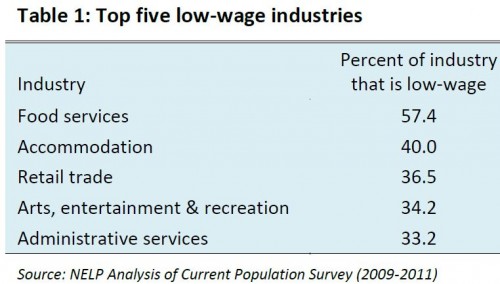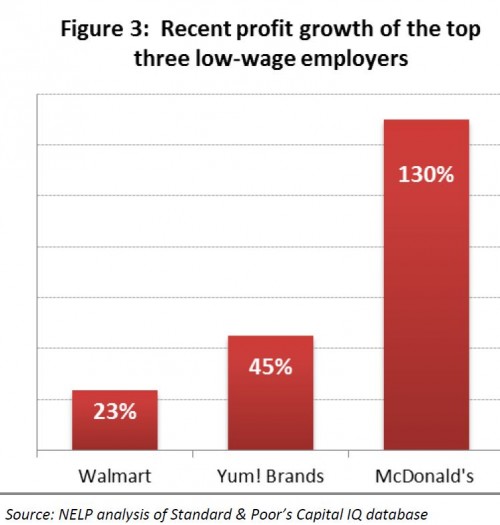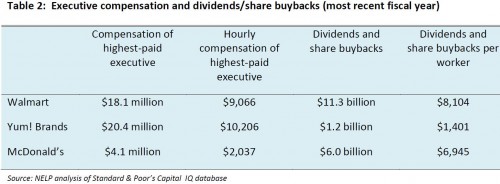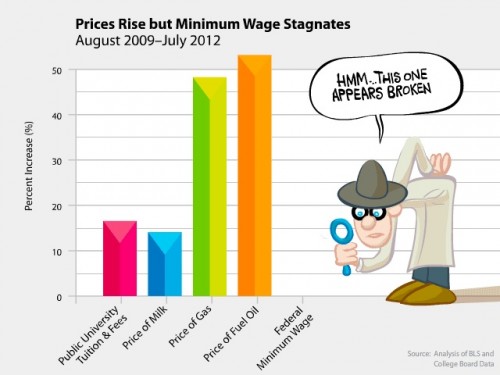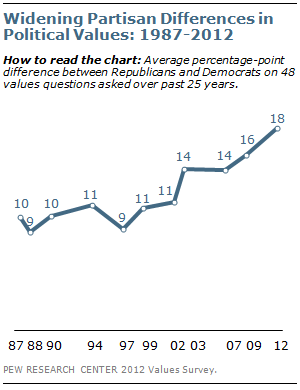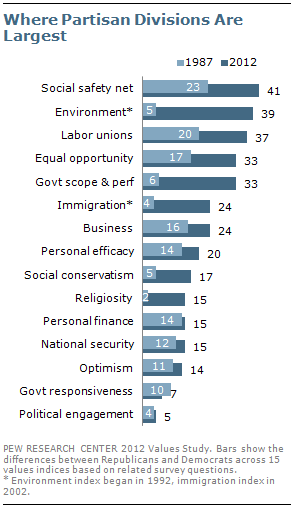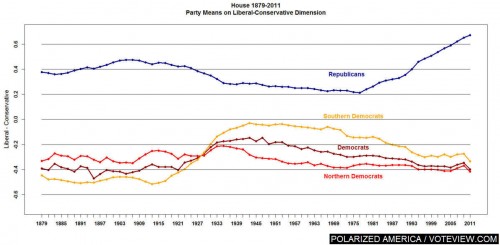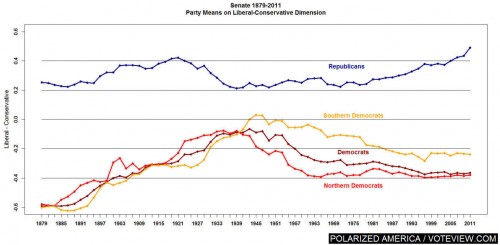SocImages News:
We hit milestones on both our Facebook and Twitter pages this month, exceeding 18,000 at the former and 8,000 at the latter. We also celebrated our 5th birthday and almost 4,500 posts. Congratulations to us!
And congratulations also to Christina Barmon, Georgia State University. Barmon has written guest posts for us — on health advice to men and women in the 1920s and, most famously, on sitting, standing, and peeing — but, more importantly, she was awarded the ASA/SAGE Teaching Innovations & Professional Development Award this year! Congratulations Christina!
Upcoming Lectures and Appearances:
Lisa has started booking talks and lectures for the fall. Her first talk will be at Indiana State University (Sept. 17th-19th) where she’ll be giving a featured lecture at the International Crime, Media & Popular Culture Studies Conference.
Newest Pinterest Page:
We now have a Pinterest page featuring our collection of material glamorizing violence in fashion (trigger warning). It’s a depressing ride, if you want to take it for a spin. We have 17 other boards, too, if you’d like to check out the list.
Social Media ‘n’ Stuff:
In case you’re new, we’re on Twitter, Facebook, Google+, and Pinterest. Lisa is on Facebook and most of the team is on Twitter: @lisadwade, @gwensharpnv, @familyunequal, @carolineheldman, @jaylivingston, and @wendyphd.
In Other Very Important News…
We visited a little-known private, non-profit zoo in Moapa, NV called Roos n’ More. They let us hold and pet monkeys, lemurs, bear cats, zebra, camels, toucans, wallabies, and, kangaroos! The best part, though, was being swarmed by otters! Here’s Gwen getting an otter kiss:
And here’s Lisa smiling as an otter goes down her shirt and comes out again. Rawr!
This experience in no way undermined our belief that animals prefer us above all other humans.
Links and Quotes This Month:
- Gala Darling and Feministing both picked up our article arguing that one way to “have it all” is to not have kids.
- Jezebel linked to our posts about gender, groupies, and musical taste and an old post about the dropping age of first menstruation.
- We were quoted at Disinformation, the Huffington Post, and Boing Boing.
- AdiosBarbie in a post about the absence of the female gaze in fashion, linked to our posts on passive women on Chinese and Japanese book covers, romanticized violence against women, and twisted and warped women’s bodies in fashion editorials.
- Finally, Bitch and Feministing both linked to the first post in our series on sexual objectification; Bitch also linked to Caroline Heldman’s review of Magic Mike, as did The Portland Mercury.
Lisa Wade, PhD is an Associate Professor at Tulane University. She is the author of American Hookup, a book about college sexual culture; a textbook about gender; and a forthcoming introductory text: Terrible Magnificent Sociology. You can follow her on Twitter and Instagram.












